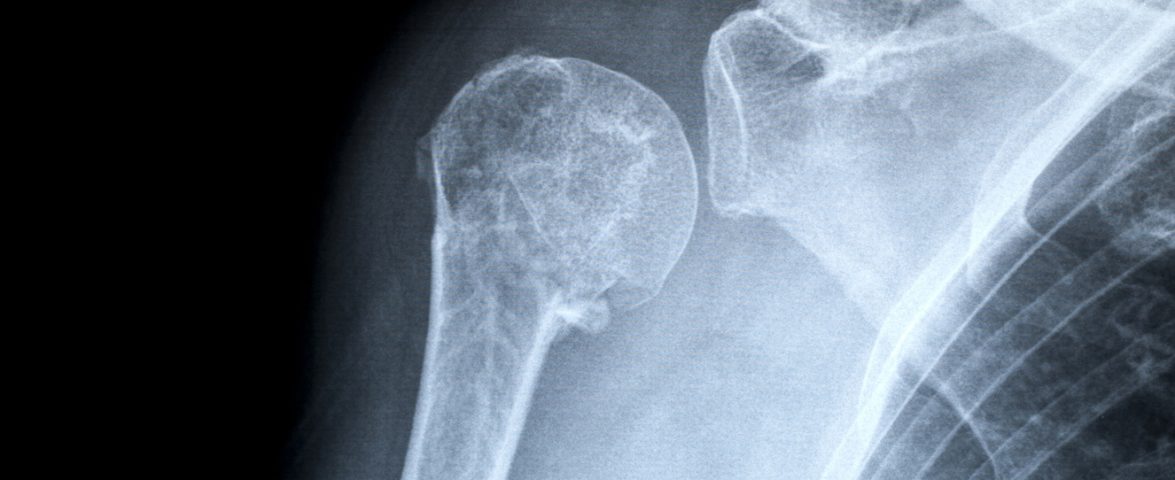Broken bones or fractures are a common phenomenon. Research shows every one will experience two broken bones on average in their lifetime. In the United States, for instance, there are approximately two million fractures annually, including fractures in patients afflicted by osteoporosis. Most of these patients heal naturally. Some fractures, however, are associated with a high risk of non-union, delayed union, and other problems caused by risk factors including diabetes, osteoporosis, and smoking. In fact, five to 15 percent of all fractures lead to non-union and impaired healing.
Spinal or vertebral fractures occur in 30 to 50 percent of people above 50 years old and lead to significantly increased mortality and morbidity. Nevertheless, the self-repair process in fractured bones is natural, spontaneous, and needs no direction from the patient. The standard that the patient set for healing, however, significantly influences the speed, completeness, and comfort of the bone repair process.
Fracture healing includes a complex process of tissue and cell differentiation and proliferation. Many factors are involved including antioxidants, bone breakdown and bone-building cells, growth factors, hormones, inflammatory cytokines, various nutrients, and amino acids. The process can be sub-divided into three major phases:
Phase One: Inflammation Stage
During inflammation phase, a blood clot forms immediately after the fracture allowing the inflammatory, clean-up blood cells flow to the wounded part. Cytokine cascade follows this and carries the repair cells into the crack. These cells immediately start to differentiate into specialized cells that produce new cartilage and bone tissue. For the next few months, the inflammatory cells initiate the repair process by creating new bone cartilage and bone matrix. In this initial phase, bone tissue cells liquefy and recycle bone debris.
Phase Two: Reparative Stage
The reparative stage starts about two weeks after the incident fracture. At this phase, proteins produced by the chondroblasts and osteoblasts begin to consolidate into a soft callus. This new bone substance later hardens into tough callus as the bone merges over a period of six to 12 weeks.
Phase Three: Remodeling Stage
At the remodeling stage, the callus begins to remodel itself and mature. Woven bone is reshaped into a stronger lamellar bone by the combined action of both osteoclast resorption cells and osteoclast bone formation cells.
The fracture healing process leads to bone regeneration at the fractured area. This produces similar biomechanical competence as it was before the fracture. Proper attention and care including medication and nutrition should be maintained to ensure quick repair and healing process. An orthopedic surgeon can provide direction on the best way to ensure that the bone heals.

